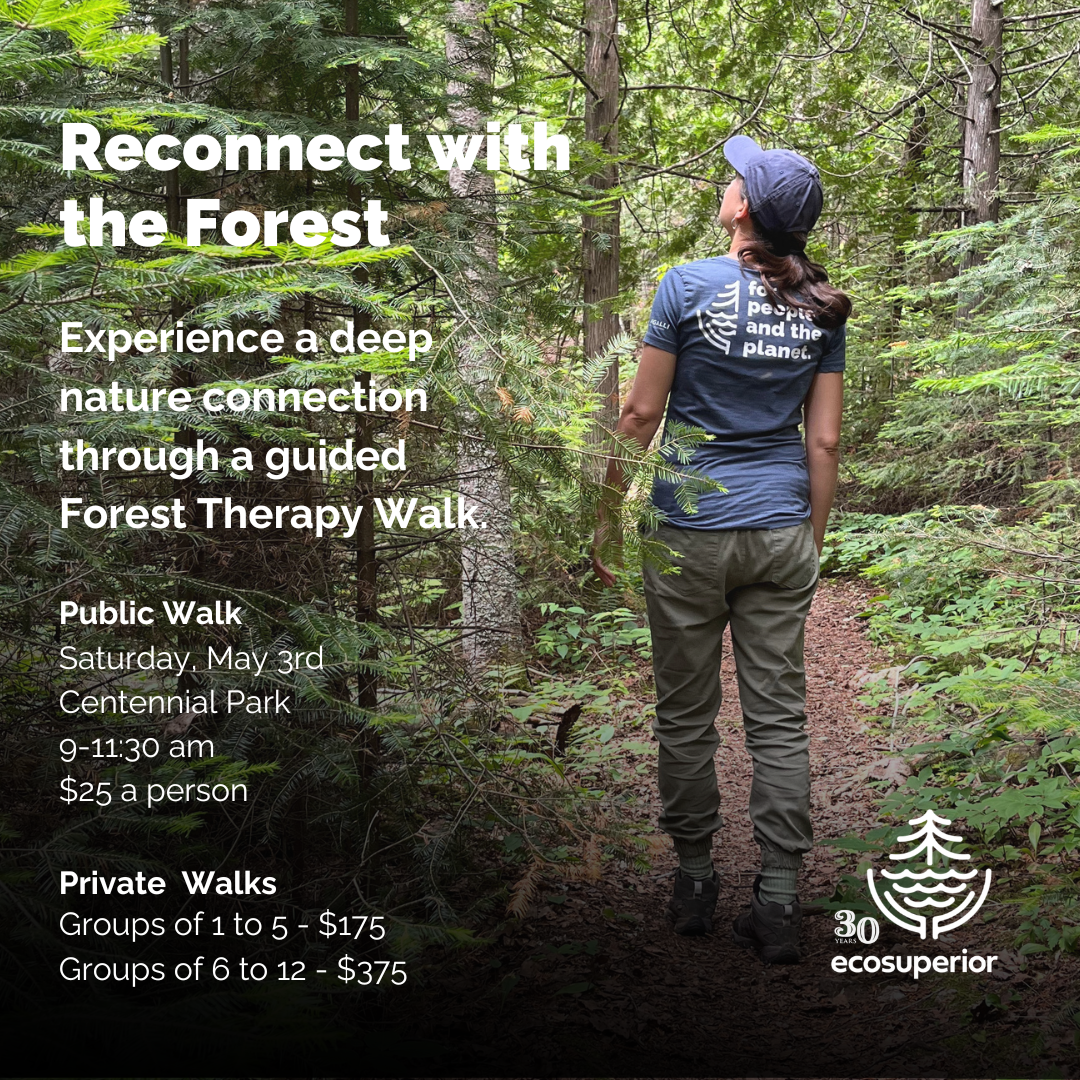Central Gardens
Go Wild in the City
Once known as Central Ave, this triangle-shaped green space is a sanctuary in the heart of our city. EcoSuperior's Central Natural Environment Gardens models organic gardening techniques that demonstrate pesticide-free approaches to horticulture and landscaping through the use of native plant species.
Each spring, the gardens come alive with wildlife! From butterflies and grasshoppers to red squirrels, songbirds, and even white-tailed deer; our green space is home for them all. Centred with a covered pavilion, our garden is a great place to meet with friends for a picnic, host a small gathering on a sunny day, or even practice your photography skills.
Central Gardens Features
- Post and Beam Picnic Shelter
- Garden Shed with Living Roof
- Human Sundial
- Wildflower Garden
- Meadows, Woodlands, Wetland, Bird & Butterfly Gardens
- Big Boreal Adventure Site
- Certified Monarch Way Station
- & more.
Come and check it out, we'd love for you to be a part of this one-of-a-kind environment. Click here for directions.








